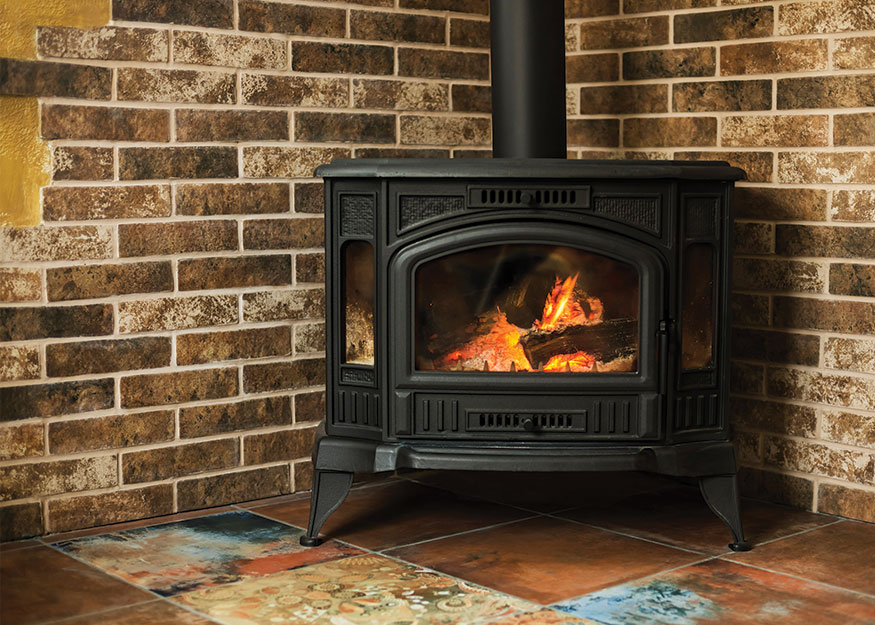Woodstove Safety - 4 Steps to Success
by Pioneer State Mutual • February 11, 2025
Insurance, Safety

As we push through this very chilly Michigan winter it is likely that many of us (or at least those who have one) have been running their woodstoves a little more than usual. Woodstoves can be a really nice way to take that chill out of the air and who doesn’t love the ambiance of a crackling fire to make you feel cozy?
Now, there is one sure fire (ha, no pun intended) way to make the cozy woodstove scene not so cozy…we’ll give you one guess…
If you guessed by starting a house fire you would be correct!
According to the US Fire Administration woodstoves are the culprit of approximately 14% of all house fires annually, and a good portion of that percentage can be attributed to lack of maintenance.
There are 4 main areas of concern when considering the risks associated with woodstoves:
Installation
When installing a woodstove there are specifications and guidelines that which must be met. Woodstoves must be installed with proper clearance from flammable materials; the recommendation is a 3ft buffer.
Ventilation
Look up ventilation guidelines and requirements to ensure your woodstove is properly ventilated. Vents should be placed vertically and go up through the roof.
Keeping the above items in mind, we strongly encourage hiring a professional for the installation.
Maintaining Your Woodstove
Be mindful of the materials you are burning in your woodstove and have regular cleanings performed (once a year is the US Fire Administrations recommendation). We recommend having a yearly inspection completed by a professional (also recommended by the U.S Fire Administration).
Safety While Operating
You should never leave a woodstove burning while your home is unoccupied. When removing ashes be sure to place them in a metal container with a lid, and unless stoking or loading the stove the door should remain closed at all times.
If smoke is backing up into your room or if you notice difficulty in lighting a fire, it may be signs of a blocked chimney, and you should have it looking at by a professional as soon as possible.
Woodstoves can be great for providing an extra layer of warmth during our frigid winters but along with that warmth comes risk. If you have a woodstove or plan on getting one, be sure to familiarize yourself with the best maintenance and operation practices.
This also feels like a good time to mention if you get a woodstove be sure to tell your insurance agent as the type of coverage needed may change.
For more information please visit: https://www.usfa.fema.gov/
Have any questions about what you just read? Please contact your Independent Insurance Agent or email us at socialmedia@psmic.com!
Learn more about topics related to this article!

